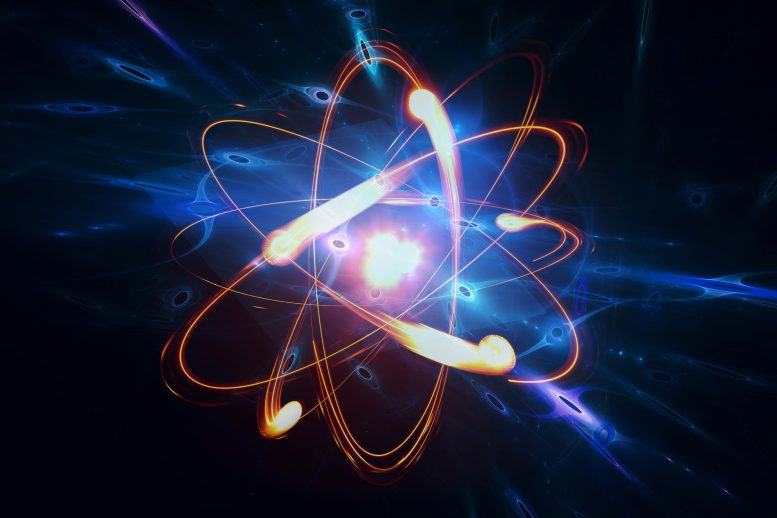
A recent study, which holds significant implications for addressing one of the most important unresolved questions in physics—the disparity between matter and antimatter in the universe—presents “the most precise measurement to date” of the electron’s permanent electric dipole moment. This matter-antimatter imbalance can be accounted for through the breaking of charge parity symmetry.
The standard model (SM) of particle physics predicts a slight breaking of this symmetry, but it is insufficient to explain the imbalance actually observed. Many extensions to the standard model have been proposed to resolve this discrepancy. To test such model extensions, tabletop experiments that measure the electric dipole moment of the electron (eEDM) – a measure of symmetry breaking – have been very promising.
Here, seeking to measure the eEDM with extremely high precision, Tanya Roussy et al. used a powerful approach: electrons confined inside molecular ions, subjected to a huge intramolecular electric field.
“Considerable effort by Roussy et al. went into meticulously studying their experimental apparatus and measurement technique so they could understand systematic uncertainties in minute detail to ensure that no spurious signals were mistakenly introduced,” write Mingyu Fan and Andrew Jayich in a related Perspective.
Their result improves on the previous best upper bound of the size of the eEDM by a factor of ~2.4.
Reference: “An improved bound on the electron’s electric dipole moment” by Tanya S. Roussy, Luke Caldwell, Trevor Wright, William B. Cairncross, Yuval Shagam, Kia Boon Ng, Noah Schlossberger, Sun Yool Park, Anzhou Wang, Jun Ye and Eric A. Cornell, 6 July 2023, Science.
DOI: 10.1126/science.adg4084
Read More: Electron Asymmetry and the Mystery of Matter’s Existence: A Record-Breaking Study
1 Comment
According to topological vortex gravitational field theory, the disparity between matter and antimatter in the universe is not something that your observations can achieve. You should accept the fact that scientific experiments are limited by nature.